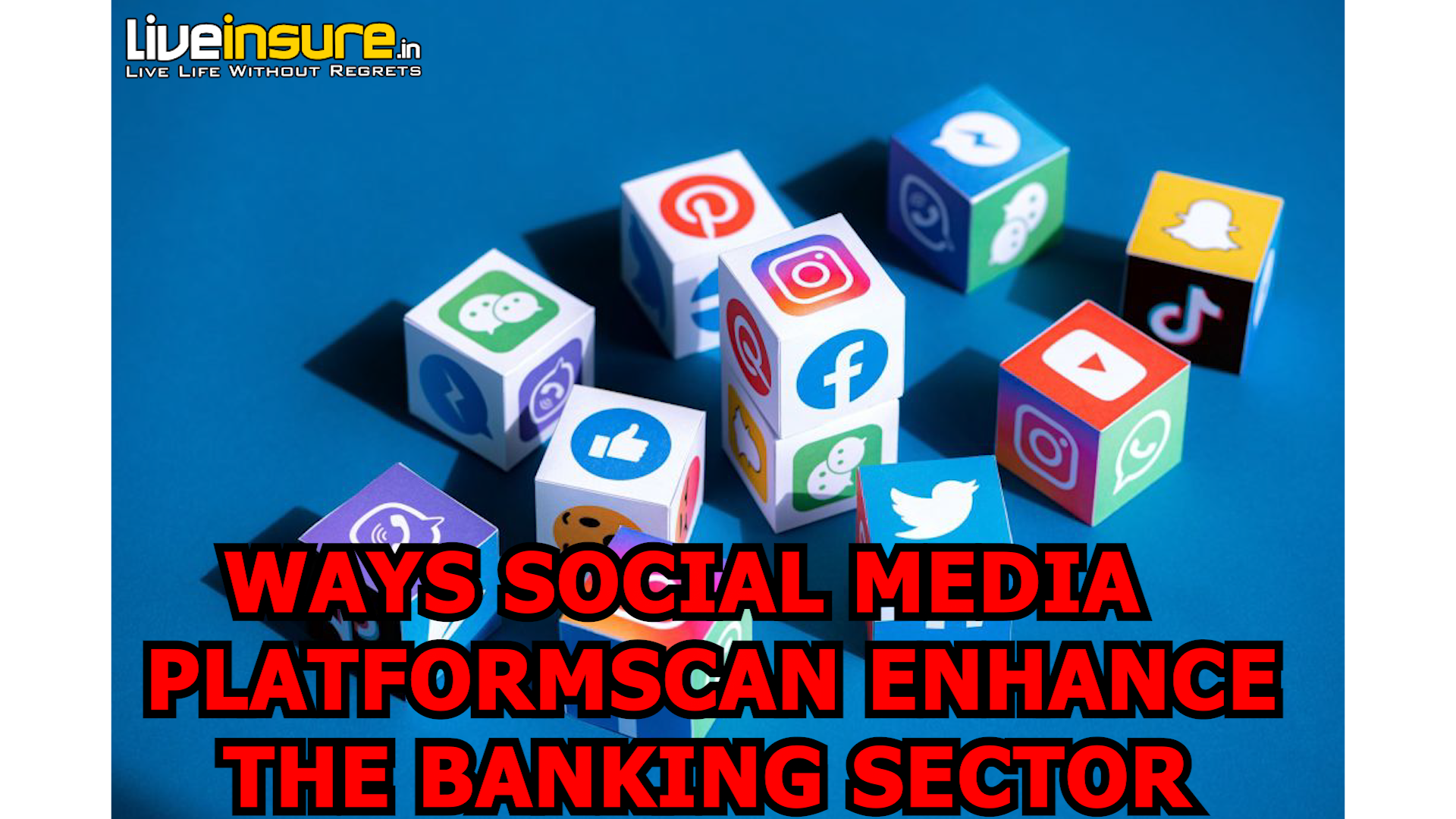Financial institutions offer a host of critical services to corporate, business, and individual customers. Access to financing has become even more important in times of a pandemic crisis, with businesses operating in survival mode and households suffering financially. Financial services companies are not immune to economic shocks resulting from the global economic disruption that the pandemic caused. Banks are forced to operate in challenging and complex conditions, navigating muddy and unchartered waters most of the time.
While many finance providers have business continuity plans to maintain stability in recessionary times, pandemic planning is about achieving stability in the storm. This is because the impact of a prolonged and ongoing pandemic is difficult to assess. Pandemics are known to occur and unfold in multiple waves and across borders, threatening financial market stability.
It is a difficult time for financial institutions, many of which are struggling with low profitability as the global crisis shut down the world. As the crisis is already in full bloom, many banks are looking for ways to adapt their operating models and ensure they are well-positioned to exit the crisis. Facing low profitability, financial institutions will need to focus on customer expectations and needs to regain financial stability.
1. Generating Informed Marketing Campaigns
Using social media, banks can gather information about the tastes, preferences, and needs of their customers. They can then use this information in running targeted marketing campaigns and saving on the overall marketing costs.
2. Drawing Customer Insights
Banks can leverage social media to draw insights about the requirements of a customer, based upon the information they share on social media. Banks can then integrate this external information with their internal core banking data to derive a holistic view of their customers.
3. Providing Lead Generation and Sales
The posts shared by a customer, the likes, and retweets they perform, can all act as important leads for the banks. They can analyse this data and plan the next best actions to convert these leads into sales.
4. Increasing Trust with Brand Development
Word on social media spreads like wildfire. People generally have a tendency to trust their peers more than a typical sales pitch when buying a product or a service. Retweets on twitter, endorsements on LinkedIn, shares on Facebook hold much more value in a customer’s decision making journey than an online ad. Banks can therefore leverage social media as earned media that leads to sales conversion in the future.
5. Enhancing Reputation Management
Banks can hire or train social media savvy staff to create awareness around philanthropic, community betterment, and other noble acts being undertaken by them. In addition to this, banks can also address and resolve the grievances of customers in a more dynamic and timely fashion on social media.
6. Gathering Feedback with Better Performance Management
Banks including FinTech can leverage social media to gather customer feedback, in an open, honest, and direct fashion. This would help banks create a transparent and accountable image in the public eye. They can also crowd-source ideas from customers on social media platforms and offer bespoke products and services.
7. Run Contests
We all love free stuff, and that is why contests and giveaways are so popular on social media. Financial institutions like Busey Bank and First National Bank have ramped up their social media audiences by running contests and engaging customers in community-oriented activities.
One of Busey Bank’s Hometown Heroes contest, for example, asked social media users to share a story about a hometown hero who has made an important contribution to community wellbeing.
Contests can help financial institutions to build a solid community presence, increase customer loyalty, enhance brand awareness, and ultimately increase sales. Contests also help increase customer engagement as they bring followers who pin, like, retweet, and share posts.
When businesses create contests asking followers to share videos, photos, or interesting stories, they increase their chances of getting their brand noticed by others. Offering engaging ways to participate and share with others is a form of word to mouth advertising that can help increase subscribers and drive use of financial products.
8. Organize a Webinar
Marketing an upcoming seminar can help generate conversations and engagement, and there is a good reason why. First of all, webinars are unique one-time events that happen in real time. If attendees fail to show up or are late, they are going to miss all or part of what the webinar is about. This creates a sense of urgency that makes people act. An increasing number of businesses use scarcity marketing as the foundation of their social media campaigns. Scarcity marketing is about creating a sense of shortage to increase engagement and ultimately sell more. This is because scarcity drives up the perceived value of a service or product that businesses offer.
Another reason for organizing a webinar is to drive conversational engagement. Attendees can answer questions, share opinions, discuss strategies, ask questions, or simply chat. When involved in two-way communication, people are more likely to be engaged and focused, with brand messaging resonating with them.
9. Integrate Video Content
There are plenty of creative ways to integrate video content into your financial institution’s marketing strategy. From financial education and service and product demos to storytelling and branding, video content helps showcase brand identity, increase user engagement, and enhance online visibility. Businesses are increasingly investing in video projects because they are shown to drive a significant increase in organic search engine traffic.
According to the Cisco Visual Networking Index: Forecast and Methodology, 2016–2021 in 2021, video accounted for 82 percent of all internet traffic. One reason for its huge success is that video content conveys cues like eye contact, tone of voice, and body language that help trigger emotional response.
Emotions have a major role to play in information retention. A 2007 study by the Advertising Research Foundation and American Association of Advertising Agencies develops this line of thought by highlighting the fact that decisions are first driven by emotions and then rationalized by logic. Content that generates strong emotional response fares better on indicators such as liking, persuasion, and recall than advertisements that don’t generate a response. Emotional response not only precedes rationalizing but facilitates retention and influences actions.
There are many examples of emotional content that can help drive sales volumes – videos that feature surprising twists, stories about real people, issues, and concerns, and stories about belonging and connectedness, to name a few.
Video content comes in different formats depending on the message that businesses are trying to communicate. From animations, videos, and brand films to company culture videos, tutorials, and video documentaries, there are plenty of ways to grab attention and teach online audiences something new and valuable.
10. Advertise Service and Product Promotions
Social media can be an important channel for consumer engagement, brand awareness, customer support, and lead generation. According to The State of Social 2016 report, the main reasons why companies use social media include content distribution (61 percent), community engagement (71 percent), brand awareness (85 percent), and sales generation (54 percent). Service and product promotions not only create a communication opportunity but help increase sales volumes when done right. According to experts, it is best to follow the 80/20 rule, where 20 percent should be promotional content of some kind and 80 percent should be useful, educational, and engaging.
When it comes to format, sales promotions can be in the form of:
- Sweepstakes
- Product demonstrations
- Price-match promises
- Loyalty programs and points
- Flash sales
- Games and contests
- Bundling
- Loss leaders
Other examples include rebates, prizes, premiums, point of purchase displays, freebies, and coupons. Rewards points and money back are incentives that most banks use, but as you can see, there are plenty of ways to incentivize. Different strategies can be used to motivate consumers to buy products or services, the main ones being adding value and lowering the purchase price. Ultimately, the goal is to stimulate trial or interest, whether featuring scratch and win, money back, or bonus offers.




